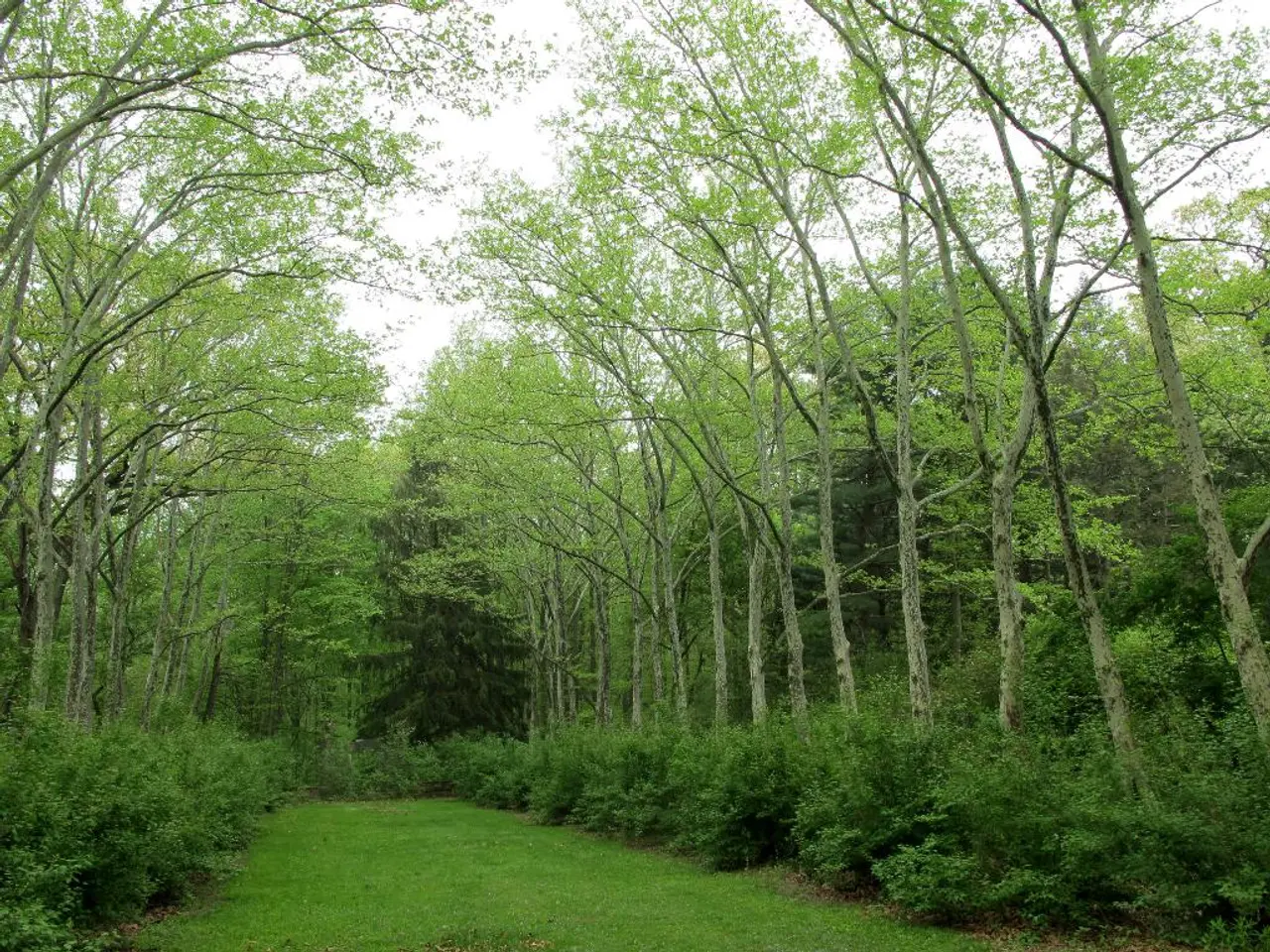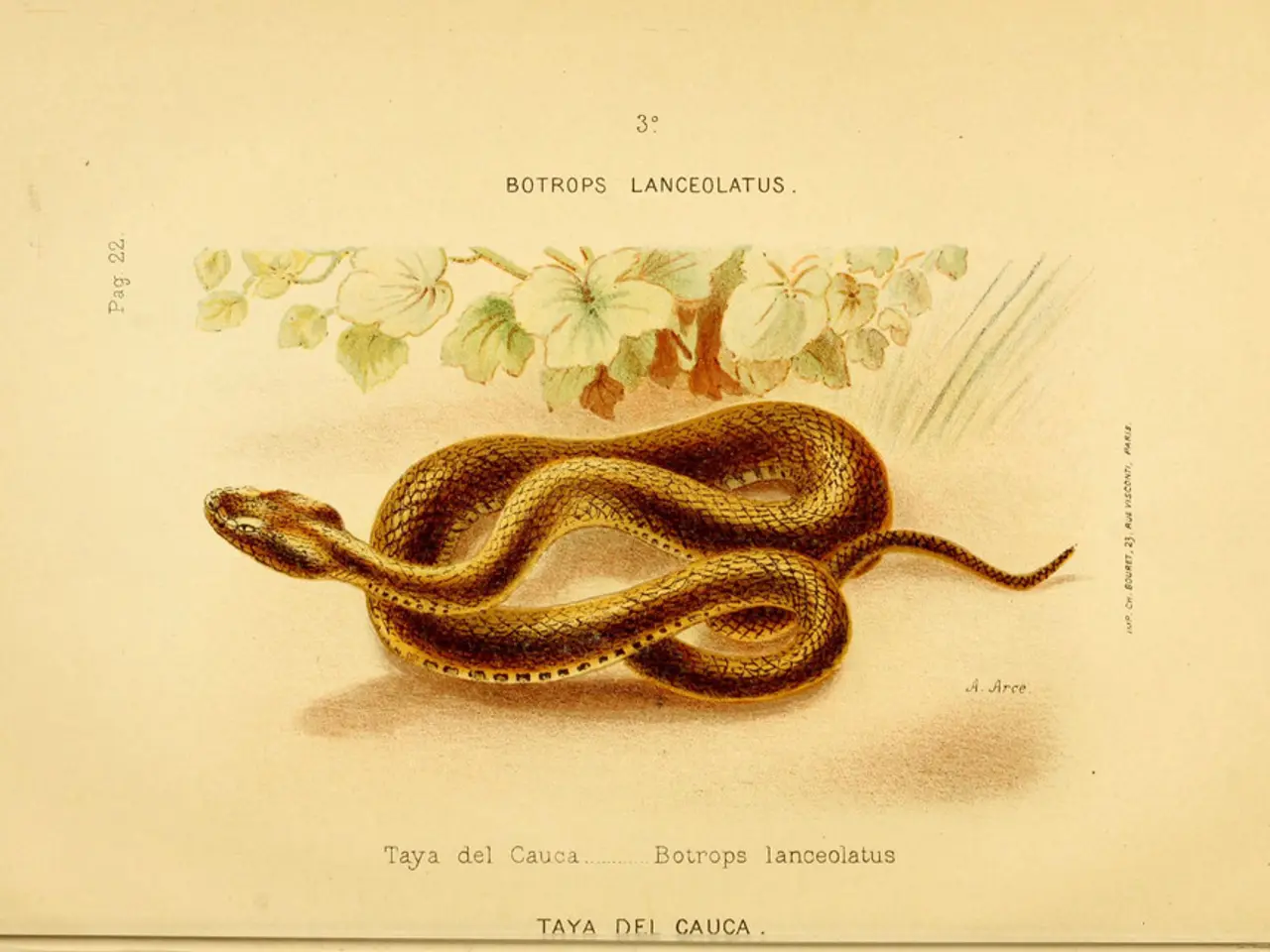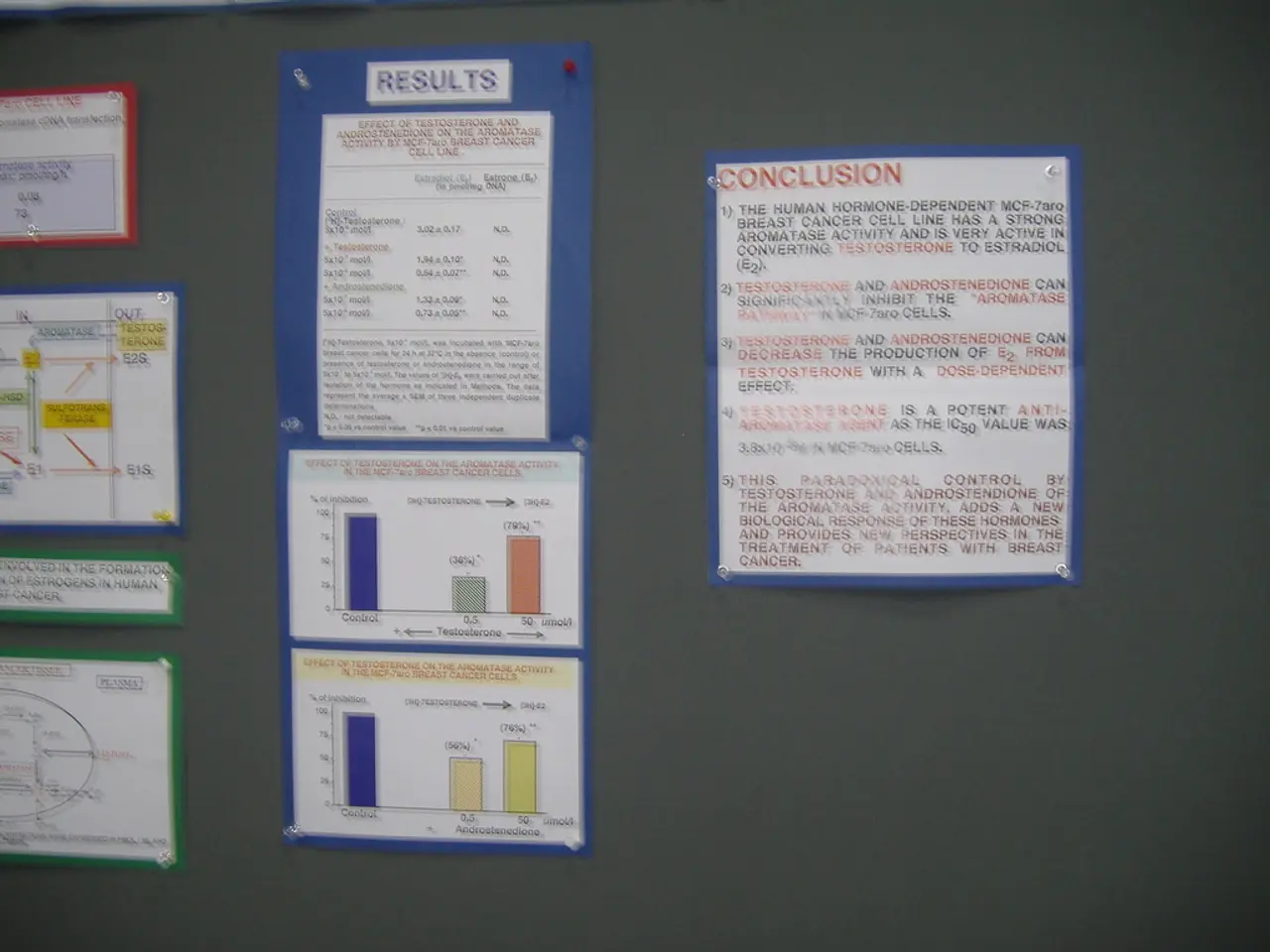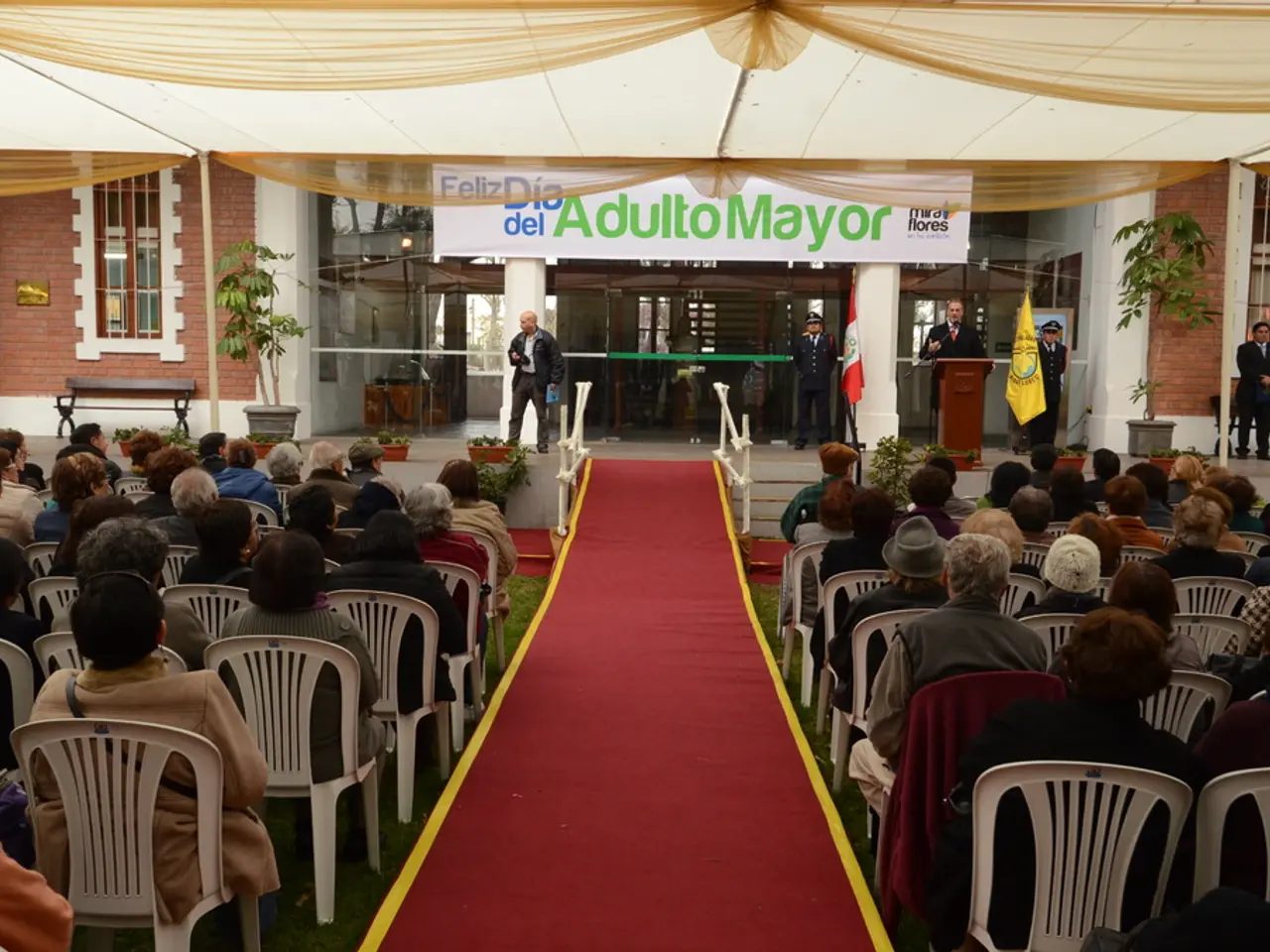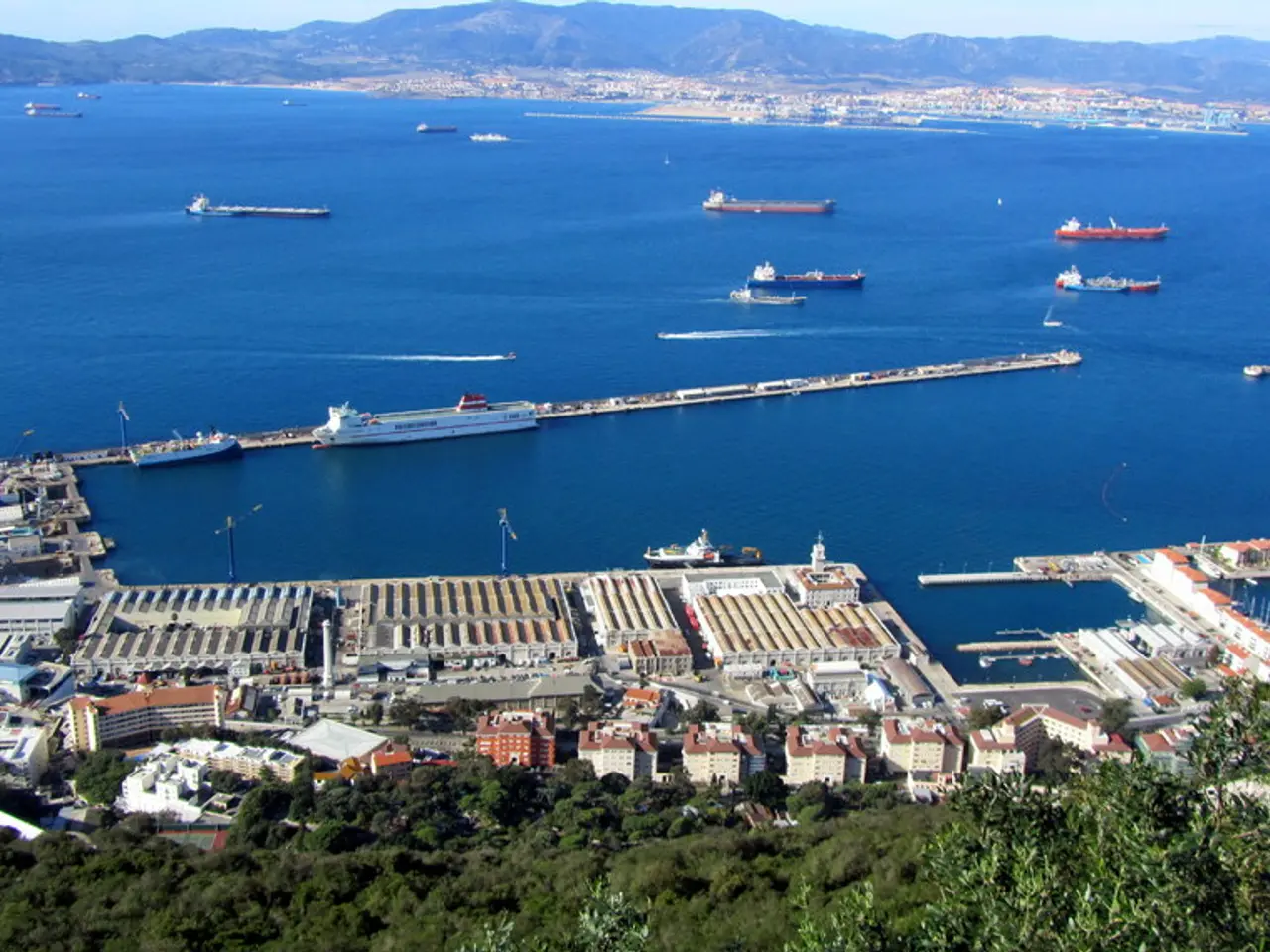Bridging Finance and Forest Preservation: Aligning Financial Resources and Amazon Rainforest Conservation
The Living Amazon Mechanism (LAM), a regional initiative launched to support and finance the conservation of nature and biodiversity within the Amazon Basin, is gaining traction as a potential game-changer in global environmental finance. This innovative mechanism aims to preserve the Amazon rainforest, a critical ecosystem recognized globally for its biodiversity and role in regulating the climate.
LAM's key features include incorporating Indigenous Peoples' knowledge and governance systems into conservation and climate strategies, ensuring their rights and perspectives are fully respected and integrated into national and regional climate goals. The Mechanism also enables direct access to financing mechanisms for Indigenous Peoples based on their own governance systems and territorial priorities, ensuring funds reach local actors most capable of managing and protecting biodiversity effectively.
Moreover, LAM establishes and operationalizes observatories monitoring defenders of Indigenous, human, and environmental rights in the Amazon, supporting social justice alongside conservation. This comprehensive approach can help fill a critical gap in global environmental finance by ensuring that funds reach the frontlines of conservation where they can have the greatest effect.
In a global context, LAM can serve as a model for financing nature and biodiversity conservation. It demonstrates how to blend indigenous governance with international climate finance structures, ensuring funds are used effectively on the ground. LAM supports initiatives that reduce deforestation pressures through alternative livelihoods, enforcement, and sustainable urban-rural economic development, as suggested by research on Amazon deforestation dynamics.
Additionally, LAM helps channel carbon market innovations to the Amazon region, enhancing restoration and conservation impact with integrity and scientific rigor. By leveraging this mechanism, the Amazonian countries can align their efforts toward climate commitments with local and regional conservation priorities, addressing deforestation drivers and protecting biodiversity.
As the COP30, also known as the "COP of Solutions," approaches, the Living Amazon Mechanism stands as a ready-to-scale model that connects capital markets with grassroots conservation and sustainable development initiatives. Financial institutions can help scale bioeconomy models that empower Indigenous Peoples and local communities, while advancing Target 19 of the Global Biodiversity Framework. Innovative financing approaches are often required for these models due to challenges such as small transaction sizes, limited collateral, long return horizons, and complex land tenure.
In its 2023-2024 pilot, the Living Amazon Mechanism supported over a dozen cooperatives across the Brazilian states of Para, Amazonas, Amapa, and Rondônia, mobilizing investment directly into the Amazon biome and paving the way for impactful solutions ahead of COP30. For more information on the Living Amazon Mechanism, download the latest Revenues for Nature guidebook or join the Revenues for Nature Community of Practice.
- The Living Amazon Mechanism (LAM) is potentially revolutionizing global environmental finance by supporting sustainable development and biodiversity conservation within the Amazon Basin.
- LAM's unique approach integrates Indigenous Peoples' knowledge and governance systems into conservation and climate strategies, providing direct financing access based on their own governance systems and territorial priorities.
- LAM's comprehensive model promotes social justice and monitors defenders of Indigenous, human, and environmental rights, aligning conservation efforts with local and regional climate commitments, particularly in reducing deforestation pressures.
- By channeling carbon market innovations to the Amazon region, LAM enhances restoration and conservation impact with scientific rigor, paving the way for financial institutions to invest in bioeconomy models that empower Indigenous Peoples and local communities.
- As the COP30 approaches, LAM stands as a scalable model connecting capital markets with grassroots conservation and sustainable development initiatives, advancing Target 19 of the Global Biodiversity Framework and demonstrating how to blend indigenous governance with international climate finance structures.
